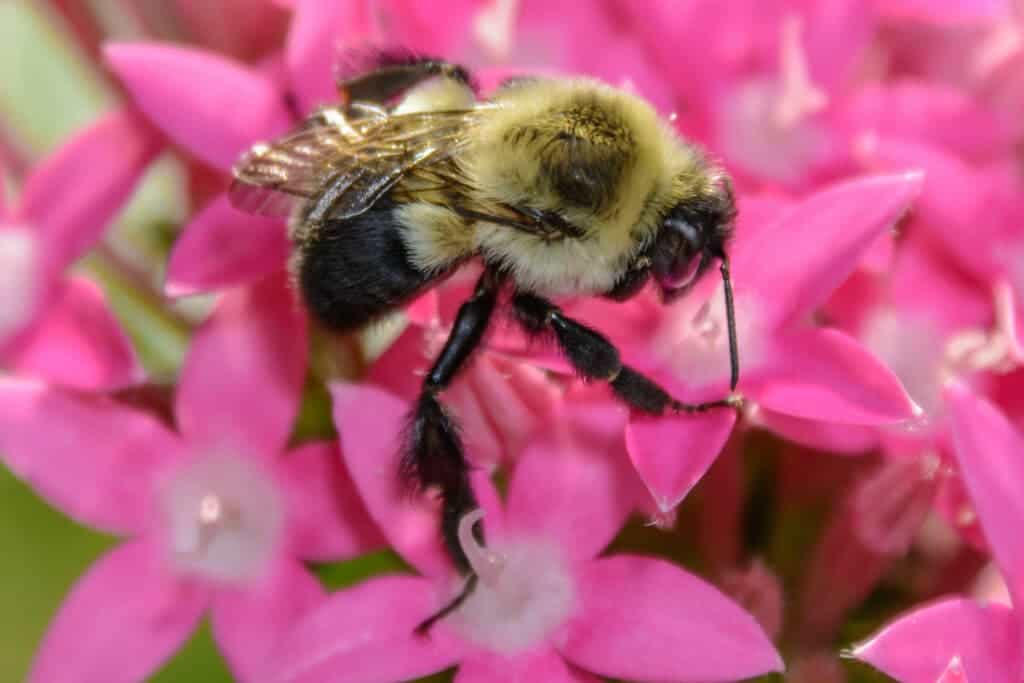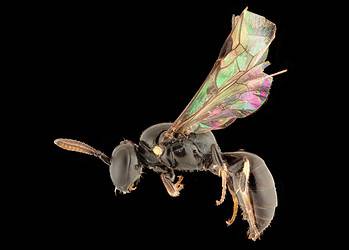The number of bees recorded has declined sharply since the 1990s, according to a global analysis of bee populations. While this does not necessarily mean that all of these species are extinct, it could indicate that they have become rarer — rare enough that no one can find them in the wild on a regular basis.

Wild bee pollination is key to the reproduction of hundreds of thousands of wild plant species and is crucial to yields in about 85% of food crops. Declines in the abundance and diversity of bee species have been reported at all levels — local, regional, and country levels — on different continents.
Argentine researchers Eduardo Zattara and Marcelo Aizen looked at how many wild bee species are observed each year as recorded in the Global Biodiversity Information Facility (GBIF), a platform in which people can record sightings of bee species. GBIF groups data from a widely diverse range of data sources, localities, recording strategies and geographic areas.
Their findings showed that 25% fewer species were reported on GBIF between 2006 and 2015, compared with the records available before 1990. This is especially worrying as the number of bee records in the database has actually increased by around 55% since 2000, so the decline isn’t because of a lack of observations, the researchers explained.
“With citizen science and the ability to share data, records are going up exponentially, but the number of species reported in these records is going down,” Eduardo Zattara, the lead author and a researcher at the Comahue University in Argentina, told The Guardian. “It’s not a bee cataclysm yet, but what we can say is that wild bees are not exactly thriving.”
The declines weren’t evenly distributed across bee families, the study showed. Sightings of rarer types of bees fell more sharply than those of more common families. Records of Melittidae, a bee family found in Africa, dropped as much as 41% since the 1990s, while Halictid bees, the second-most common family, have declined by 17% during the same period.
The study has some limitations. Most notably results are subject to some uncertainty due to the variety of data sources included on GBIF. This makes it impossible to reach definitive conclusions on individual species, the researchers said. Still, even considering possible distortions on the data, the trend seen in the study is clear and matches other previous and narrower reports over the challenges faced by bees.
“Given the current outlook of global biodiversity, it is more likely that these trends reflect existing scenarios of declining bee diversity,” the researchers wrote in the study. “In the best scenario, this can indicate that thousands of bee species have become too rare; under the worst scenario, they may have already gone locally or globally extinct.”
Bees and other pollinators are facing many challenges all around the globe. They’ve lost habitat due to agriculture, resource extraction, and urban development and are also affected by air pollution and pesticide misuse, which can kill bees directly and affect their ability to navigate or forage. Climate change is also a big challenge, with many bees failing to migrate to cooler areas.
Research last year showed that bumblebees might be heading to mass extinction. Using a massive dataset, researchers found that the insects are far less common than they used to be. In North America, for example, there’s a 50% less chance to see a bumblebee in any given area prior to 1974.
The study was published in the journal One Earth.






